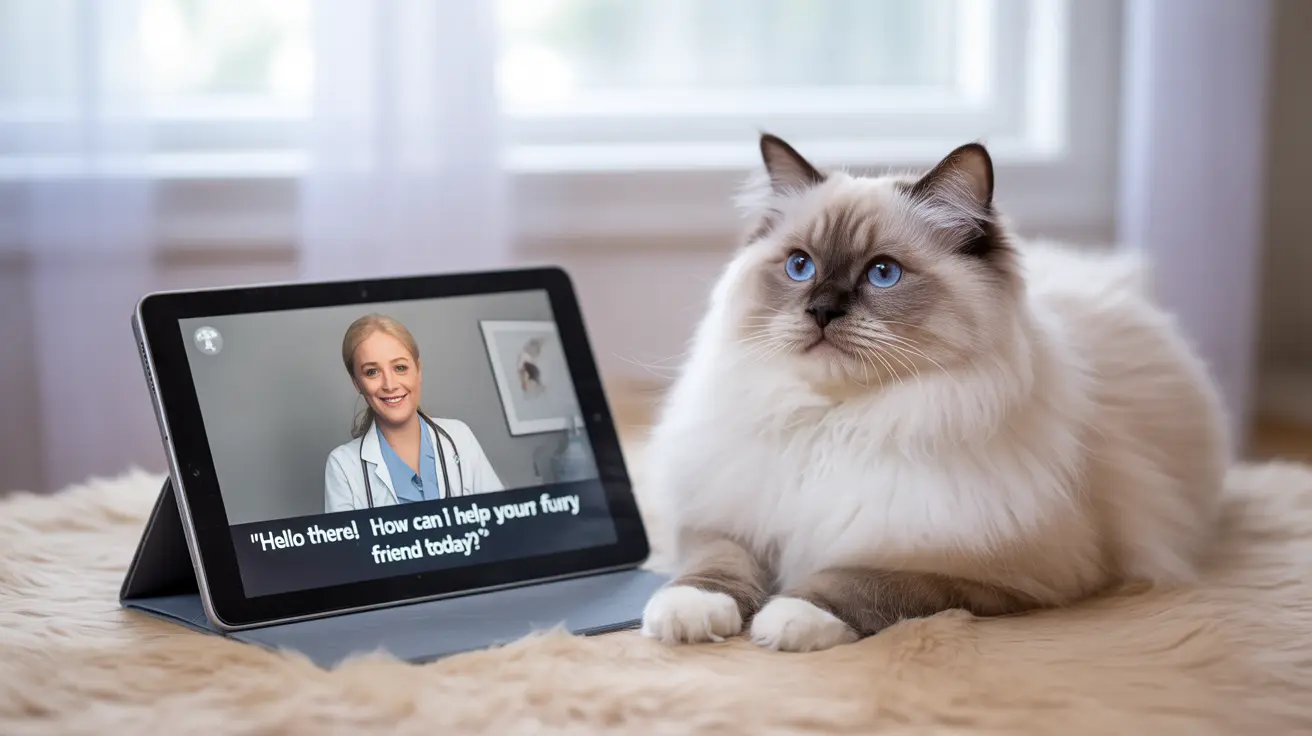The veterinary industry is undergoing a technological revolution, powered by the integration of artificial intelligence (AI) and telehealth solutions. These advancements are fundamentally changing how veterinarians provide care, making diagnosis, treatment, and patient monitoring more efficient and accessible for pets and their owners around the world.
As telehealth platforms for veterinary care become smarter and AI-driven tools are adopted widely, animal medicine is evolving to meet the demands of a connected, digital era. By enhancing the efficiency of veterinary services and enabling more personalized care, technology is set to reshape the future of animal health.
Innovations like AI-powered diagnostics and remote consultations are creating unprecedented opportunities for practitioners and pet owners alike. The landscape of animal healthcare delivery is shifting dramatically, offering new models of care and improved outcomes for patients.
The Power of AI in Veterinary Medicine
Artificial intelligence is playing a pivotal role in upgrading veterinary practice, particularly by offering advanced diagnostic tools and supporting clinical decision-making. By automating complex tasks and analyzing large volumes of health data, AI applications are transforming the accuracy, speed, and reliability of animal healthcare.
Advanced Diagnostic Capabilities
AI-powered diagnostic systems have significantly enhanced the interpretation of medical imaging, such as X-rays and ultrasounds. Automated algorithms can detect subtle changes or abnormalities that may be missed during manual assessment. This allows for earlier and more accurate diagnosis of diseases, enabling timely intervention and improved treatment outcomes for animal patients.
Predictive Analytics and Preventive Care
Through advanced data analysis and machine learning, veterinary AI can identify patterns in patient records that point toward potential health risks. By processing extensive medical histories, these systems assist veterinarians in predicting future health issues and devising targeted preventive care plans. Early identification of disease risk factors helps improve the overall health and longevity of pets.
Transforming Care Through Veterinary Telehealth
Veterinary telehealth leverages digital communication to bridge the gap between pet owners and veterinarians, ensuring timely access to professional advice and support. The rapid adoption of telemedicine tools has made it easier than ever for pet owners to seek expert guidance and follow-up care from the comfort of their homes.
Virtual Vet Consultations
With telemedicine platforms, veterinarians can conduct video consultations with pet owners to discuss health concerns, provide immediate guidance for non-urgent cases, review test results, and assess post-treatment recovery. These virtual appointments are especially beneficial for monitoring chronic conditions, performing behavioral consultations, and delivering follow-up care without the need for stressful clinic visits.
Remote Animal Monitoring
Modern digital veterinary tools include a range of wearables and smart sensors that can continuously track an animal's vital signs, activity levels, and overall wellbeing. This real-time health data is invaluable for detecting early signs of illness or behavioral changes, giving veterinarians the information needed to intervene quickly and adjust treatment plans. Remote monitoring increases peace of mind for pet owners and supports better health outcomes.
The Future of Veterinary Medicine
The adoption of digital technologies in veterinary care is accelerating, paving the way for exciting new developments. The future promises even more advanced solutions, such as AI-guided surgical procedures, customized treatments, and innovative prosthetics, making high-quality veterinary care both more accessible and more effective.
Innovation in Practice Technology
Veterinary clinics are implementing automated systems for record-keeping, appointment scheduling, billing, and patient monitoring. These advancements streamline daily operations, reduce administrative burden on staff, and allow veterinarians to focus more on patient care. Enhanced digital infrastructure ensures that clinics can deliver a higher standard of service while adapting to the growing demands of pet owners.
Frequently Asked Questions
- What is veterinary telehealth?
Veterinary telehealth refers to the practice of providing animal healthcare advice, consultation, and some diagnostic or monitoring services remotely, typically via video calls, messaging, or web-based platforms. It enables pet owners to access professional guidance without visiting the clinic in person. - How does AI impact veterinary medicine?
AI assists veterinarians by offering tools that analyze medical images, identify patterns in health data, automate routine tasks, and support complex diagnostic and treatment decisions. This technology streamlines workflows and often leads to more precise patient care. - What are the benefits of telemedicine for pets?
Telemedicine improves convenience and access to care, reduces the stress pets may experience from clinic visits, and provides timely consultations, especially for follow-ups or minor health concerns. - Can veterinarians diagnose pets remotely?
While remote consultations can be highly informative, certain health issues may still require hands-on exams, diagnostic tests, or procedures that can only be performed in person. However, veterinarians can often offer valuable advice, assess symptoms, and determine whether a clinic visit is necessary. - What technologies are used in veterinary telehealth?
Telehealth relies on secure video conferencing tools, remote monitoring devices, digital health records, and AI-powered diagnostic applications to deliver virtual care and ongoing health management. - Is telemedicine safe for animal patients?
Yes, when telemedicine is delivered by licensed veterinary professionals following established protocols and standards, it is a safe and effective method for handling many aspects of pet healthcare. - What conditions are best suited for telemedicine?
Telemedicine works best for minor issues, ongoing management of chronic conditions, behavioral consultations, medication refills, and post-surgical check-ins where a physical exam is not immediately necessary. - Are telehealth services available everywhere?
The availability of telehealth varies by country, region, and local veterinary regulations. Pet owners should check with their local clinics or regulatory bodies for specific service availability in their area. - How is telemedicine paid for?
Veterinary telemedicine consultations typically incur a fee similar to in-person visits. Payment methods and insurance coverage options may differ by provider and location. - What is the future of AI in veterinary medicine?
AI is expected to drive further personalization in pet care, predict diseases with higher accuracy, improve early detection of health issues, and create more effective, data-driven treatment plans for animals.
As we look ahead, the continued integration of AI and telehealth in veterinary medicine is set to bring progressively more sophisticated solutions to animal care. These technological advancements hold great promise for making high-quality veterinary services more accessible, efficient, and responsive, ultimately benefiting both pets and their families.






